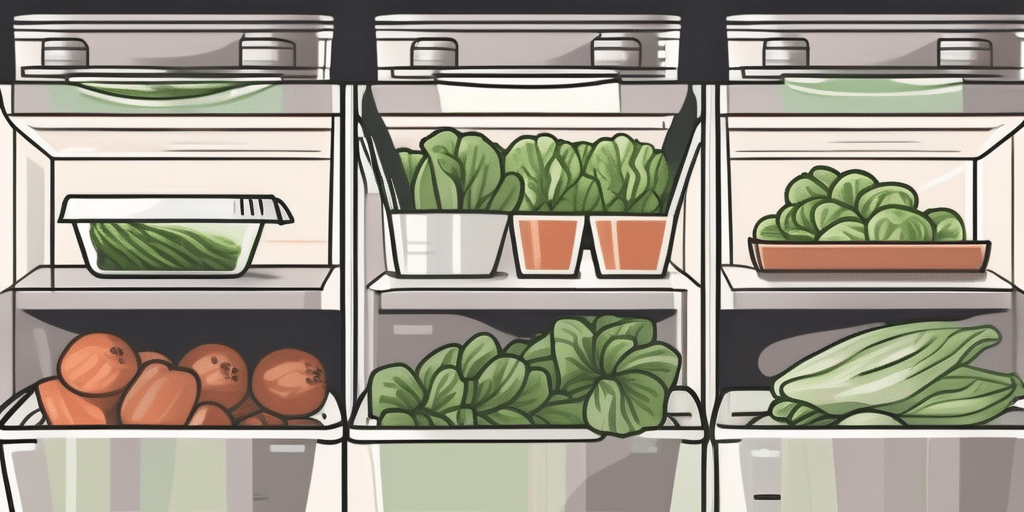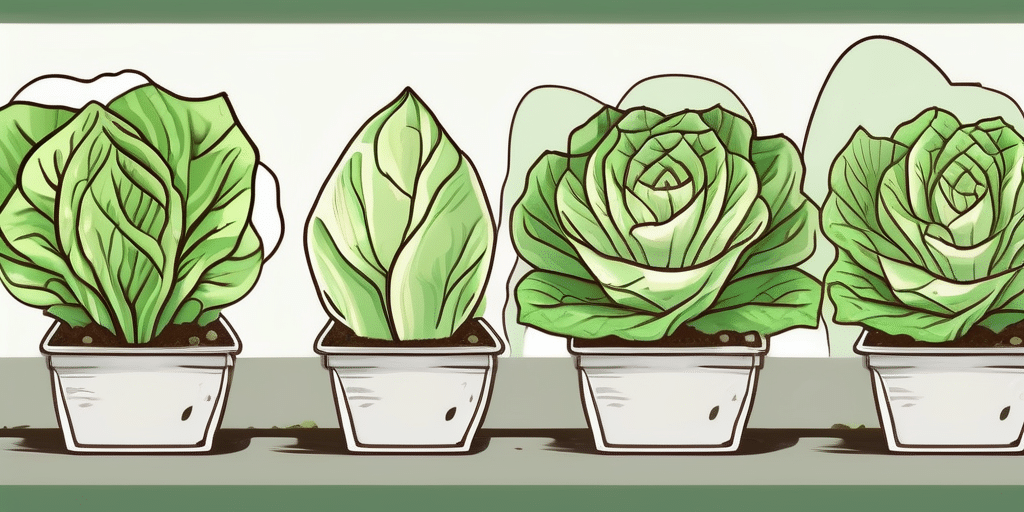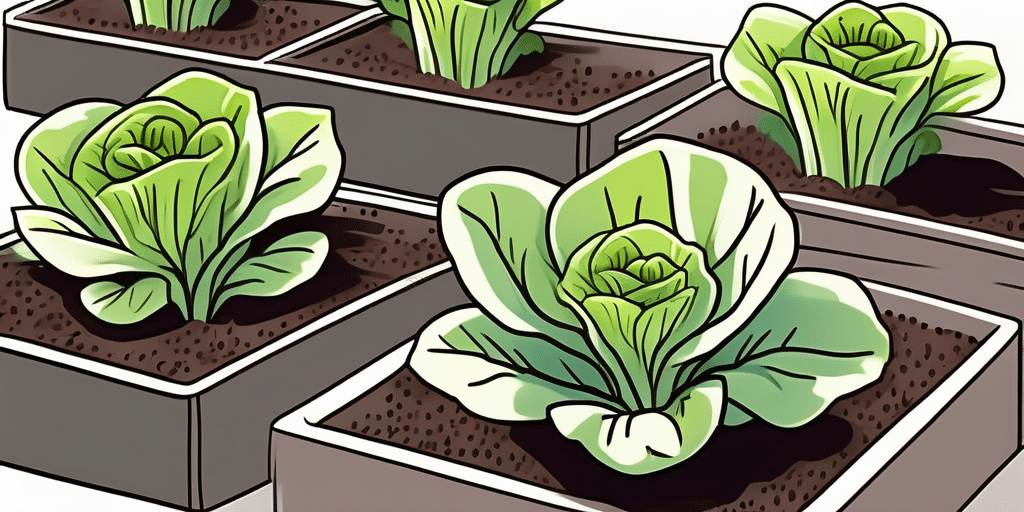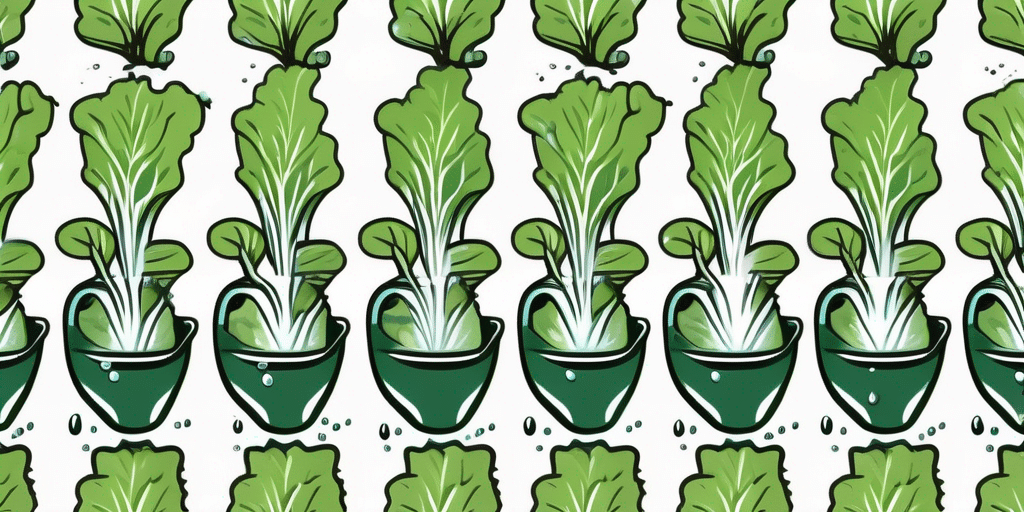Growing ruby lettuce, with its vibrant red leaves and crisp texture, can be a rewarding endeavor for both novice and experienced gardeners. However, like all plants, ruby lettuce requires a certain level of care and attention, particularly when it comes to fertilization. In this guide, we’ll delve into the process of fertilizing ruby lettuce to ensure a healthy, bountiful harvest.
Understanding the Importance of Fertilization
Fertilization plays a crucial role in the growth and development of all plants, including ruby lettuce. According to the United States Department of Agriculture (USDA), fertilizers provide plants with essential nutrients that they may not receive in sufficient quantities from the soil alone.
These nutrients, which include nitrogen, phosphorus, and potassium, are vital for various plant processes. Nitrogen, for instance, is necessary for leaf growth and development, while phosphorus aids in energy transfer and potassium is crucial for water regulation and disease resistance.
Choosing the Right Fertilizer
When it comes to fertilizing ruby lettuce, it’s important to choose the right product. Not all fertilizers are created equal, and the type you choose can have a significant impact on your lettuce’s growth and yield.
According to the University of Minnesota Extension, a balanced fertilizer that contains equal parts nitrogen, phosphorus, and potassium is generally a good choice for leafy green vegetables like ruby lettuce. However, if your soil is deficient in a particular nutrient, you may need a fertilizer with a higher concentration of that nutrient.
Organic vs. Synthetic Fertilizers
One decision you’ll need to make when choosing a fertilizer is whether to go with an organic or synthetic product. Organic fertilizers, which are derived from plant or animal sources, are often praised for their environmental friendliness and ability to improve soil structure over time.
On the other hand, synthetic fertilizers are manufactured chemically and can provide nutrients more quickly than organic options. However, they can also contribute to nutrient runoff and other environmental issues if not used responsibly.
How to Fertilize Ruby Lettuce
Now that we’ve covered the basics of why fertilization is important and how to choose the right product, let’s get into the specifics of how to fertilize ruby lettuce.
- Test your soil. Before you begin fertilizing, it’s a good idea to test your soil to determine its nutrient levels. This can help you choose the most appropriate fertilizer and apply it in the correct amounts.
- Apply the fertilizer. Once you’ve chosen your fertilizer, apply it to the soil according to the package instructions. This usually involves spreading it evenly over the soil and then watering it in.
- Monitor your lettuce’s growth. After fertilizing, keep an eye on your lettuce’s growth. If the leaves are vibrant and the plants are growing steadily, your fertilization efforts are likely successful. If not, you may need to adjust your fertilization strategy.
Common Fertilization Mistakes to Avoid
Fertilizing ruby lettuce isn’t overly complicated, but there are a few common mistakes that gardeners should be aware of. Avoiding these can help ensure that your lettuce grows healthy and strong.
Over-fertilization
While it’s important to provide your lettuce with sufficient nutrients, overdoing it can be just as harmful as not fertilizing at all. Excess nutrients can lead to leaf burn, stunted growth, and other issues. Always follow the package instructions when applying fertilizer, and consider getting a soil test to determine the exact nutrient needs of your soil.
Incorrect Timing
The timing of fertilization is also important. According to the Penn State Extension, leafy greens like ruby lettuce should be fertilized at planting time and then again midway through the growing season. Fertilizing too early or too late can lead to suboptimal growth.
Conclusion
Fertilizing ruby lettuce may seem like a daunting task, but with the right knowledge and tools, it can be a straightforward process. By understanding the importance of fertilization, choosing the right product, and avoiding common mistakes, you can ensure that your ruby lettuce grows healthy and strong, ready for you to enjoy in your favorite salads and dishes.
Join the How to Grow Everything Community
Ready to take your gardening skills to the next level? Subscribe for free to How to Grow Everything and learn how to build the garden of your dreams! Receive personalized gardening advice tailored to your location, grow zone, and experience. Enjoy the best gardening tips, special offers, and deals delivered straight to your inbox – with the promise of no spam, just valuable insights from our family to yours. Start growing your ruby lettuce and much more today!






